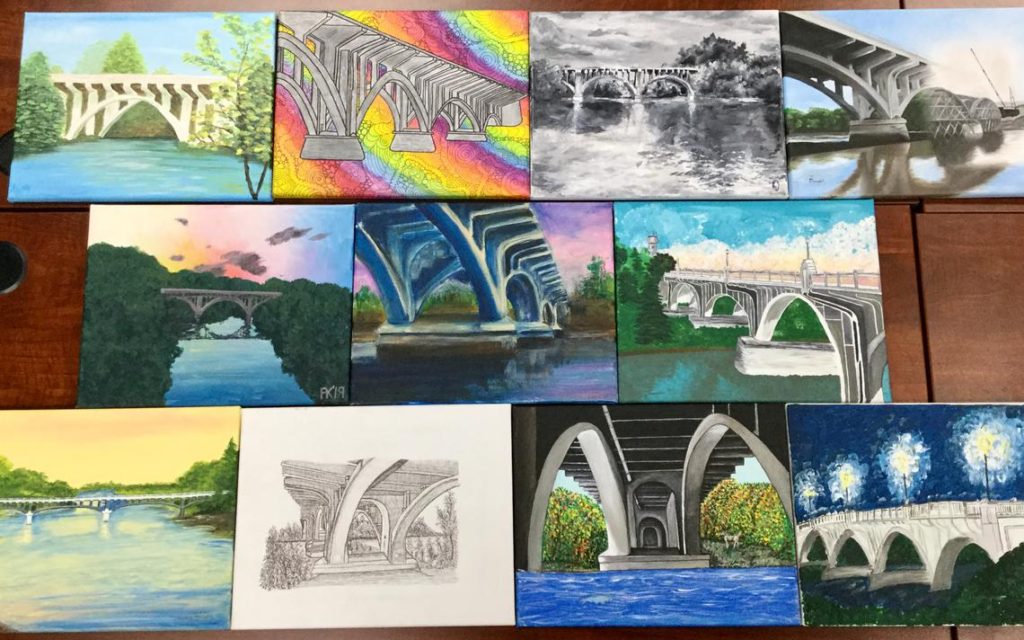Perfect CreativeZone
페이지 정보
본문
Creating a home art studio can be a dream come true for any artist, providing a space where imagination knows no bounds, and artistry flourishes. However, it's essential to consider several key factors when designing your studio, from organization and function to maintenance and ambiance. In this article, we'll discuss the must-haves and niceties to keep in mind as you bring your home art studio to life.
First and foremost, your studio needs to be well-lit. Natural light is always a bonus, but especially for artists who paint or draw, advanced illumination systems are a must. Consider installing overhead lighting, such as pendant lights, as well as floor lamps to provide a range of color temperatures. This will allow you to adjust the lighting to suit your specific needs, from bright work lights to for artistic expression and inspiration.
Organization is also crucial in a creative workspace. Artists often have an abundance of artistic resources. To keep everything well-organized and within reach, invest in shelving units and storage bins. Consider using mobile workstations to hold equipment and tools in the right location, while keeping the floor clear for work and movement.

Your art studio should also be temperature and humidity regulated. Temperature and humidity levels can affect your art competitions for students, especially if you work with specific mediums that require precise conditions. Invest in a good air conditioner or space heater and consider using a humidifier to maintain unique conditions.
In addition to utility and comfort, your home art studio should be a space that motivates and uplifts you. Add some personality with bold colors or inspiring quotes. Create a focal point, such as a stunning window view, to draw your attention and spark creativity.
Don't forget about security and upkeep. A well-ventilated studio is essential for avoiding fumes from paints or chemical products. Use fans, ventilation systems, or even a simple window fan to keep the air fresh. Regularly schedule maintenance and ensure your equipment runs smoothly.
Finally, consider your budget and scale your studio accordingly. If space is limited, consider a effortless workstation that incorporates independent work zones. Start small and gradually add more features and refine your craft over time.
Ultimately, creating a home art studio is a intimate process that requires consideration of both form and function. By prioritizing practicality, ambiance, climate control, and general safety, you can create a space that catalyzes artistic exploration, sparks new ideas, and fulfills your artistic aspirations.